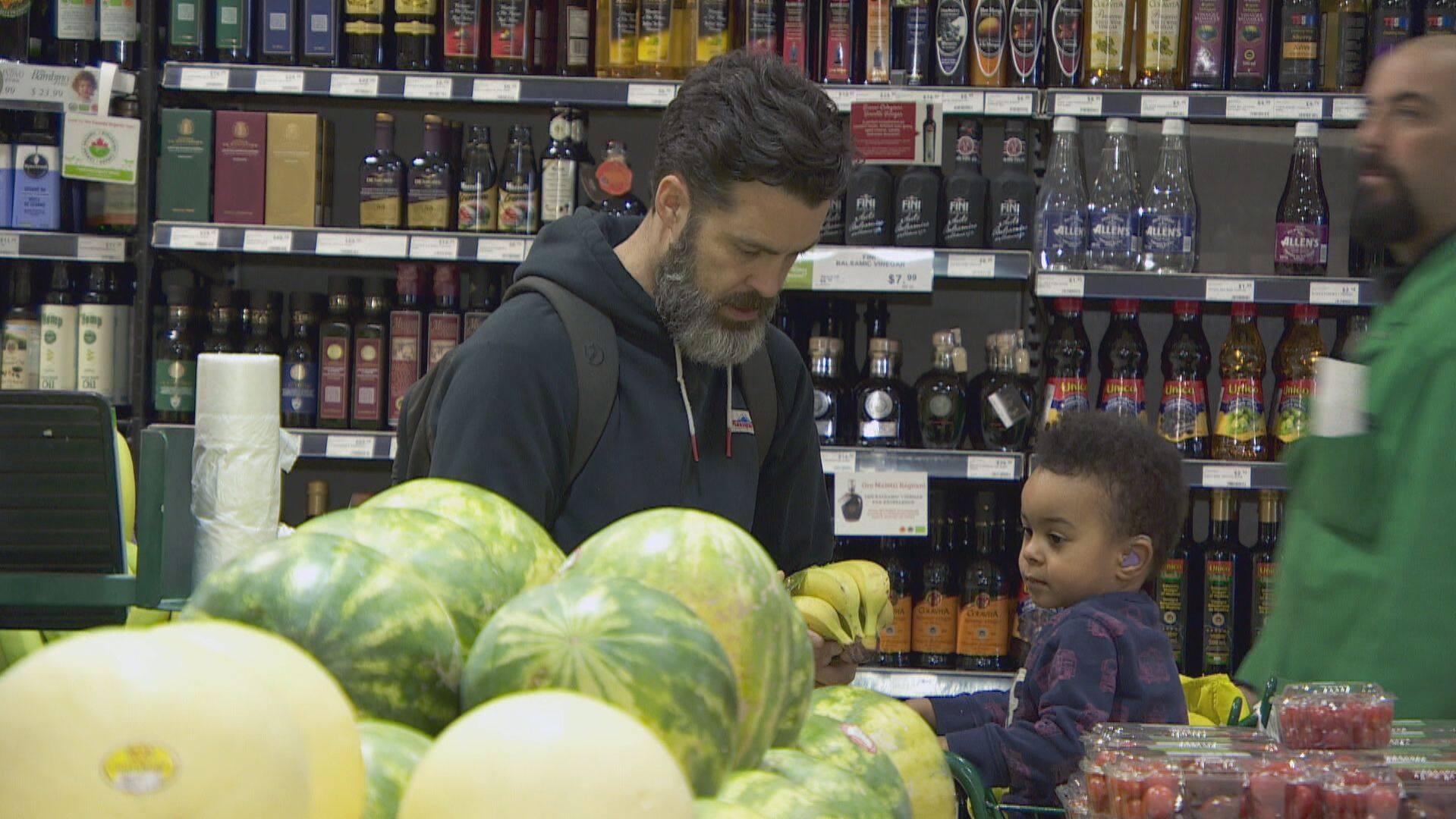Has the Bank of Canada beat inflation? It’s complicated

Whether you’re a homeowner facing the cost of renewing a mortgage, or a corporate finance officer seeking to renegotiate an essential loan, rising interest rates are causing a world of pain for Canadian borrowers.
The most recent data released Wednesday showed inflation had fallen to a two-year low of 3.4 percent, a small number of decimals away from the Bank of Canada’s target of one to three percent. So why doesn’t it just stop the pain?
“The bigger question is, does the Bank of Canada believe it can bring inflation back to two percent without triggering a recession – and [it] must be wondering what the cost of further rate hikes will be?” said Frances Donald, global chief economist at Manulife Investment Management, in an interview with CBC News shortly after the release of the consumer price index (CPI).
Central bank creates inflation
Many smart people in the financial industry seem to think that a recession is coming. And yet many also think that central bankers here, in the United States and abroad will raise interest rates a little further.
The fact is that fighting inflation is complicated and politically divisive. And for central banks, things get even more complicated and politically divisive as inflation gets closer to their target, as rate hikes hurt more for a less obvious reward.
As Donald points out, higher interest rates won’t end Russia’s war on Ukraine or cure a devastating disease in the California orange crop that is driving up or keeping prices high.
There are few inflation riddles more difficult to solve than the fact that the Bank of Canada’s rate hikes themselves are driving inflation up, with the mortgage cost component of the CPI rising 30 percent in the latest data from Statistics Canada.
“If you take out mortgage interest costs, inflation is much closer to 2.5 percent,” said Donald.
The problem, says Stephen Tapp, chief economist at the Canadian Chamber of Commerce, is that there are plenty of signs that inflation has not subsided. And it’s more complicated than looking at the master number.
Afraid to get stuck
I spoke to Tapp as he helped explain the concept of core inflation in 2022, and why it showed that the new general price hike was worrying for Tiff Macklem, Governor of Canada’s central bank at the time.
At the time, headline inflation led the way, driven by volatile segments such as oil and gas following the Russian invasion.
The fall in gas prices makes it look like inflation is collapsing this time. But the overall price pressures shown by core inflation are actually higher than the overall inflation rate – and the Bank of Canada fears they could get stuck.
Survey data from the Chamber of Commerce shows that companies expect their costs, including labor costs – which are currently rising by about five percent – to mean they will have to charge more in the next three months.
“They suggest that companies are still facing broad cost pressures — and the pricing behavior of companies that the central bank wants to normalize is far from normal at its point,” Tapp said.
Companies, he said, expect inflation to stay above the bank’s target, and they want to be prepared for that.
Companies are planning even more price increases
“Yes, inflation is slowing down, but we still have close to 30 percent of companies expecting to raise prices,” Tapp said. “It looks like we’re getting stuck around three, 3.5, four percent.”
The other complication of reading inflation data is called the “base year effect,” which distorts the data by making oil prices appear incredibly cheap and mortgage costs incredibly expensive. He said that while both are mathematically real, they can be deceptive.
After Russia’s invasion of neighboring Ukraine in February 2022, the world price of crude oil skyrocketed, pushing gasoline prices across Canada above $2 a liter. Gas is still expensive in historical terms, but compared to last year’s highs, it’s much lower, lowering the annual headline inflation rate. In a few months, a year after the oil price drop, that effect will have disappeared.
Tapp said the same is true for mortgages, but in reverse, as rates rose four percentage points from very low levels. And just like with oil, he said, the shocking 30 percent increase in mortgage rates will quickly disappear from the data.
“If you fast-forward this movie, the Bank of Canada won’t raise rates another 4 percent — I certainly hope not,” he said. “In the year-over-year comparison, interest costs could be pretty much the same next year.”
But he said this is not reassuring for anyone trying to get or renew a mortgage right now, even if central banks need to look past short-term disruptions in a single sector.
Rate increase still baked in?
While economists have said a quarter-point rate hike at the Bank of Canada meeting on July 12 is “baked in,” both Tapp and Manulife’s Donald say there are things that could deter the central bank from raising rates.
On Friday, Canada’s economic growth data could show that the economy is starting to slow. A significant economic slowdown could convince the central bank that it is done raising rates for now.
Also on Friday, the Bank of Canada issues its own surveys of business and consumer expectations. A week later, employment data will provide hints as to whether a tight labor market and rising wages are beginning to cool.

“We’re not there yet, and we’re unlikely to get there when you consider the overall package of wage pressures, quite high and growing inflation expectations that are still above target, and corporate pricing behavior,” Tapp said.
That price behavior is part of the psychological inflationary spiral that the Bank of Canada is trying to break, a spiral that everyone believes is not the cause of inflation, but merely responds to rising costs elsewhere in the economy.
“Most companies tell us their profits are going to go down, margins are going to go down,” Tapp said. “This is mainly because prices are going up, but costs are rising faster.”
For the Bank of Canada, he said, it’s just too early to walk away and say “mission accomplished.”




;Resize=(620))